27 December, 2016
JUAN CARLOS NÁJERA and Orbea experiences
From the very first moment that Orbea set foot on a bicycle more than 85 years ago, we believed that activities involving bicycles, whether competitions or the organization of get-togethers, was the best way to promote them.
At Orbea, the person who comes up with these activities and events is Juan Carlos Nájera, who has been collaborating in creating events, rides, marathons and other activities that invigorate the brand since 2000. These activities bring the company closer to cyclists and give customers the chance to enjoy their bicycles in a brand-sponsored event.
The organization of these experiences is justified by a strategy of proximity to our customers: “It's all a circle and a chain. What Orbea offers is not just a product, a bicycle; it's also the chance to enjoy the product with new experiences. Orbea rides along with you. We don't just organize the event; around a hundred people associated with Orbea attend, accompanying our riders in the experience. This lets riders get to know Orbea very well,” Juan Carlos Nájera start off explaining.
“In the beginning, I was associated with BH, for almost thirteen years. I competed with them, but my association with my colleagues at Orbea was always very good; we helped each other whenever we could, and we were on the same wavelength. In the end, you generate a certain degree of empathy,” continues Juan Carlos, who, as a good native son of Vitoria, had his first cycling links with neighboring Beistegui Hermanos.
Juan Carlos, how long have you been with Orbea?
Since 2010, although our relationship dates back to ten years earlier. During this time, we've launched projects such as Orbea Aventura and Orbea Travel.
How did Orbea Aventura come about?
We started certain activities that were done with a brand other than Orbea. In 1999, the first edition of the Orbea Aventura circuit was held, which included the Nile Marathon (Egypt), the African Marathon in Senegal and the Monegros Marathon, which completed 15 years as the number one race nationally, with 8,000 participants. A little while later, a small tour was formed, focusing on our country. We've been to Cazorla, Toledo, Cáceres, Badajoz, Madrid, Saint Lary, Algarve in Portugal, etc. At one point, Orbea Aventura had as many as twelve races.
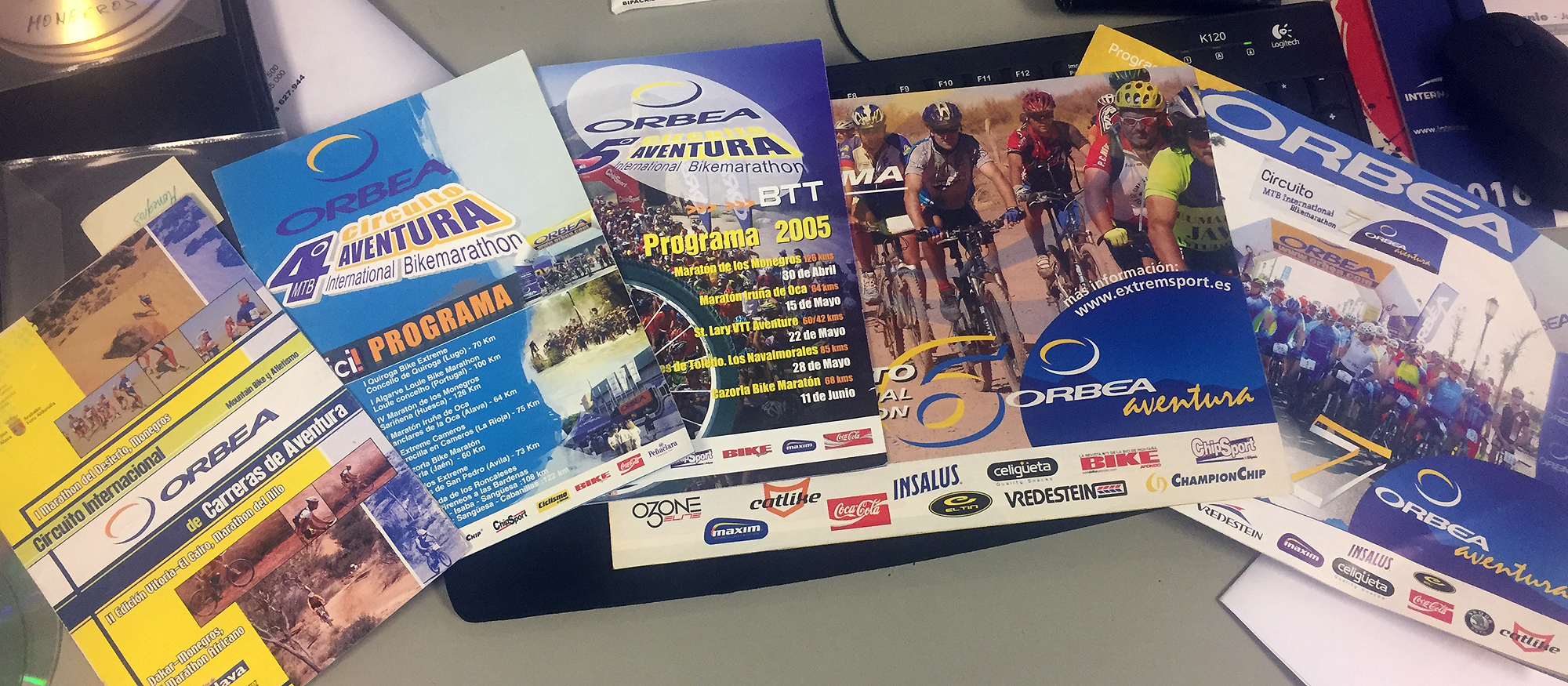
What does Orbea Travel consist of?
The organization of trips to Morocco, Chile, India, Mongolia, Kyrgyzstan, etc. Always focused on bicycles and with more international participants, unlike Orbea Aventura, which was much more national. In the Basque Country, we did a wine route and a fish route, for both ATB and road bikes, with the participation of an American magazine called Bon appetit, which has five million subscribers. In 2015, Orbea Travel took a break due to the economic situation, after positioning itself in the high-end trip segment; however, the experience and the contacts are still there.
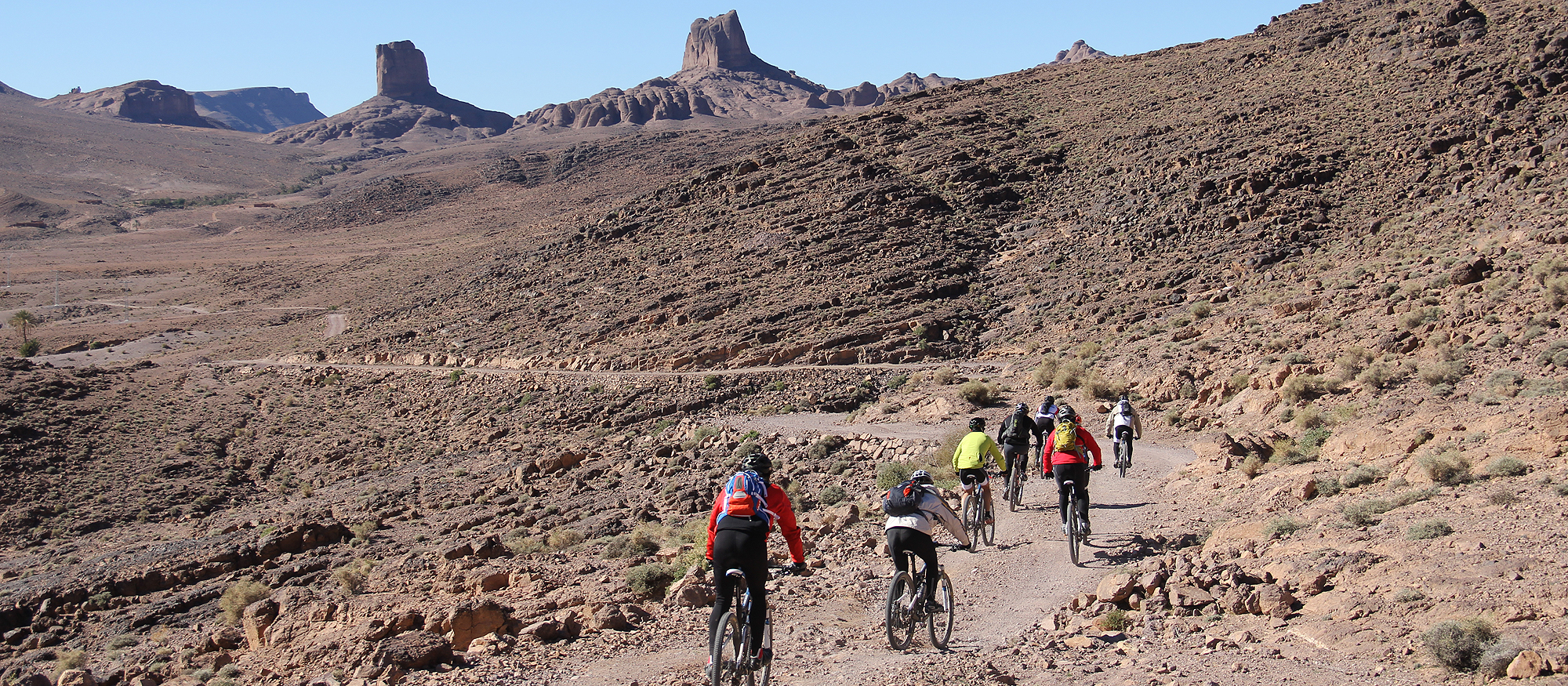
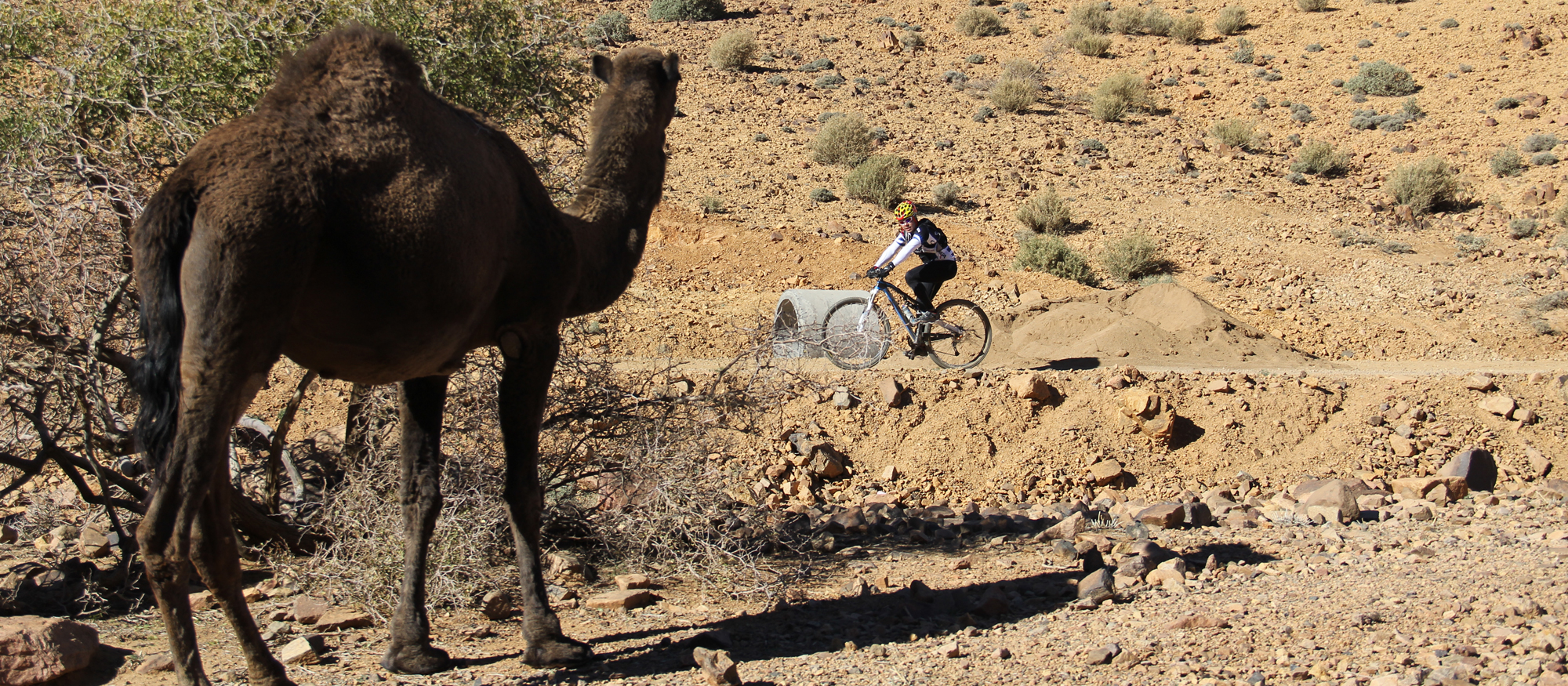
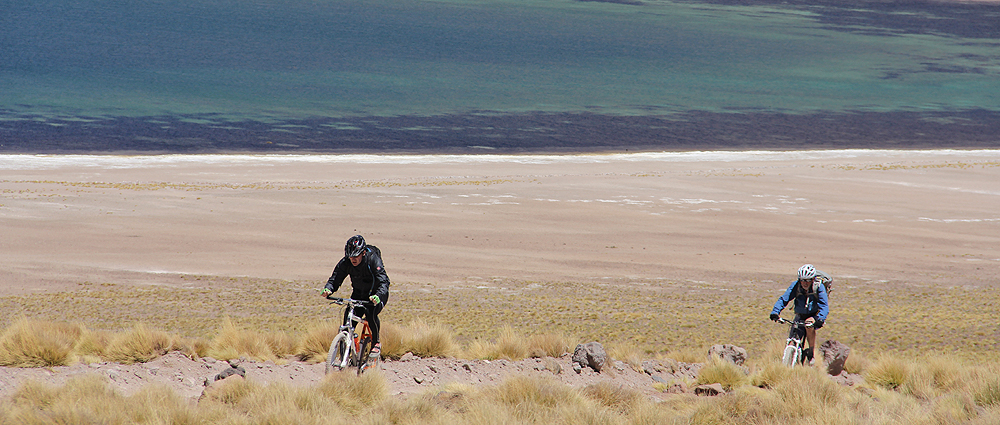 |
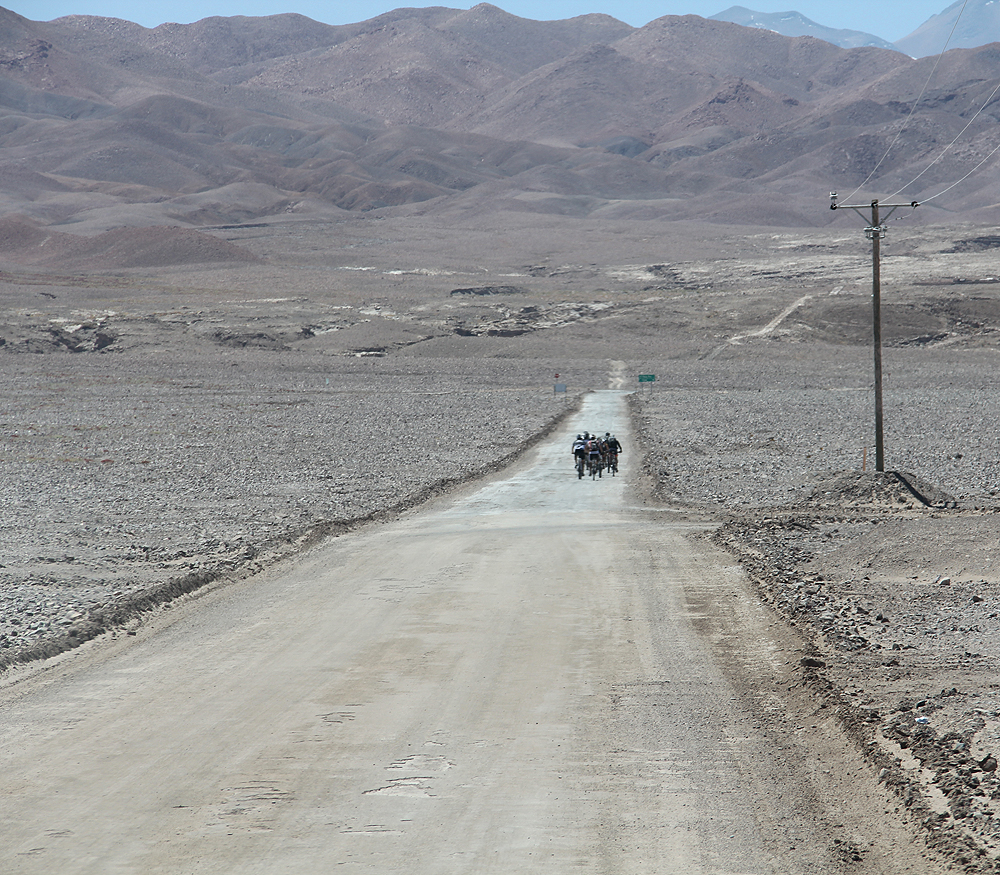 |
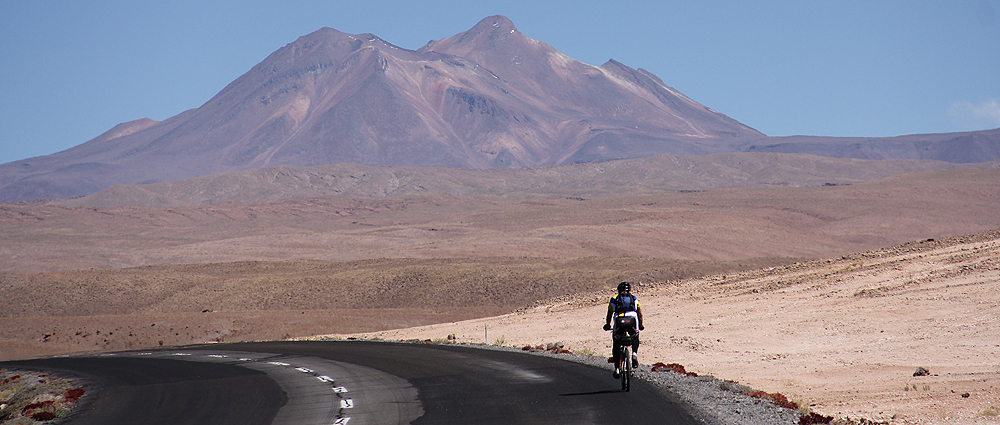 |
But currently the brand's star event is its Monegros Marathon.
That's right. The real 100% pure MTB event is the Monegros Marathon and the road bike event is the Orbea Gran Fondo.
How did the Monegros Marathon come about?
The Orbea Aventura circuit was an evolution of the Nile Marathon. Jon Fernández told me that organizing races abroad was good, but maybe we should be able to host them here. We're talking about the year 2000, more or less. It was then when we did away with the international races and we moved the Orbea Adventura here. This was the origin of the Monegros Marathon.
Why Monegros?
Monegros was chosen because there are names that are synonymous with adventure. Alaska, Samarkand, Timbuktu, Monegros, Bardenas, etc. There are names that have a special ring to them. It was around this time that the Baja Aragón was held, which was a race with an origin similar to the Dakar car race. Wanting to do something like that, we thought of Monegros. I went there, studied routes, spoke with the town councils about what a race like this would involve, applied for the permits, etc.
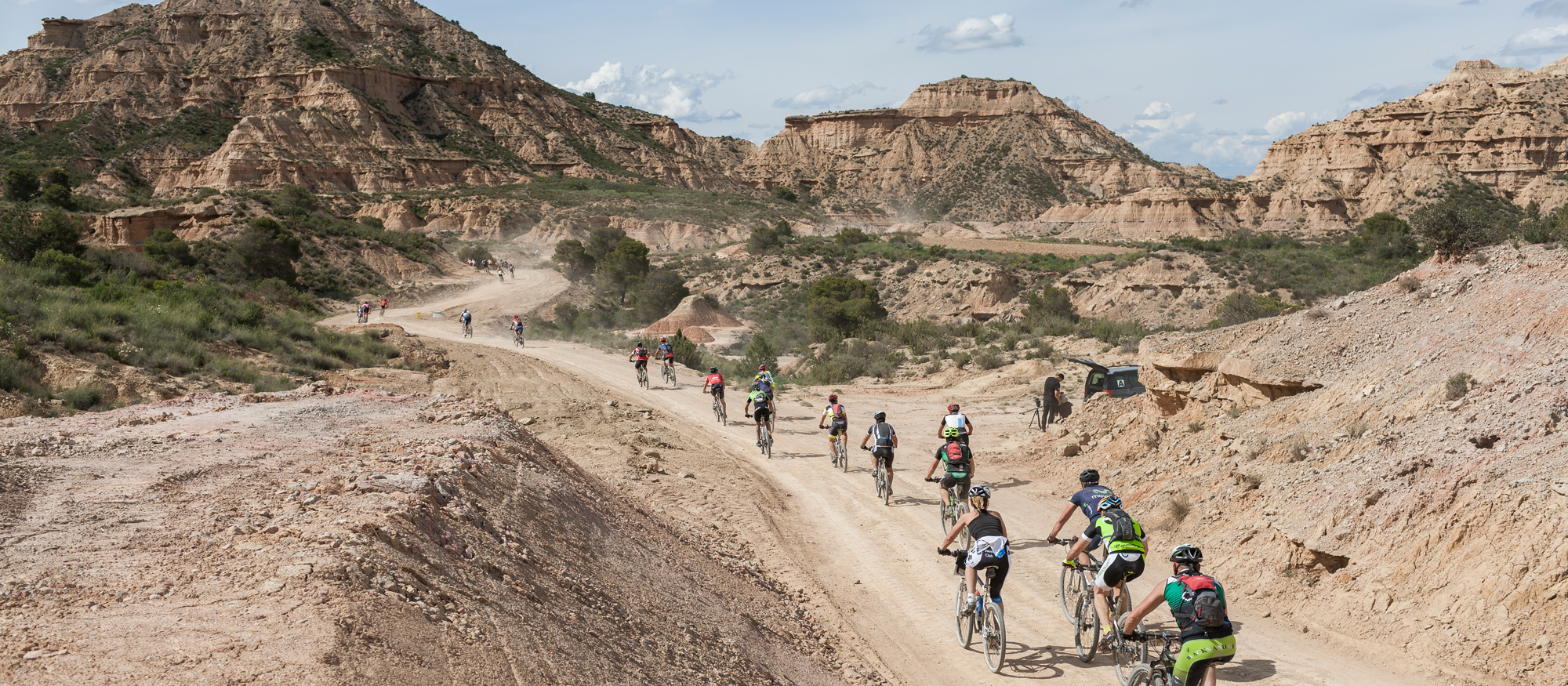
What was the first edition like?
We had 400 participants. The first edition was a little chaotic, because the cierzo winds were blowing strong and half of the cyclists abandoned the race. We couldn't keep up with everyone who was quitting at the same time. In spite of this, people liked the race, and it grew little by little. That first edition was in Grañén, and then we focused on Sariñena. We crossed the Alcanadre River, creating images like those we see in TV documentaries when the gnus cross African rivers. The number of participants in the race grew from around 1,500-2,000 cyclists to 4,000.
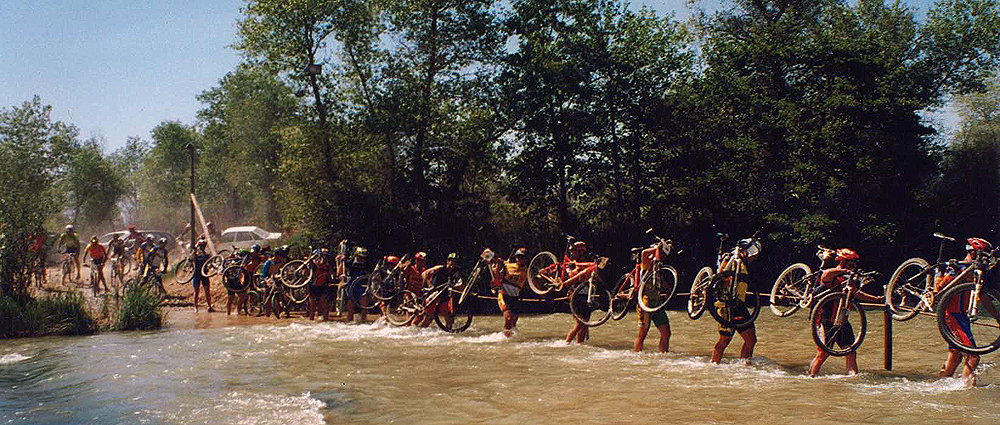 |
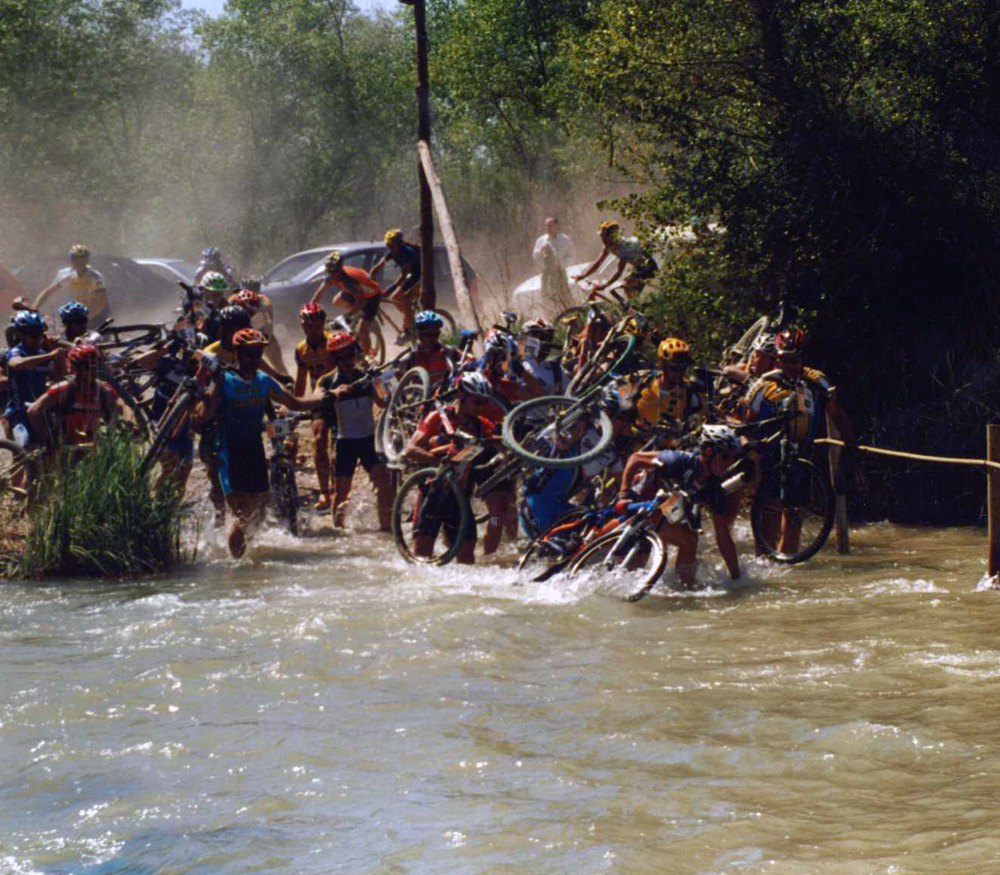 |
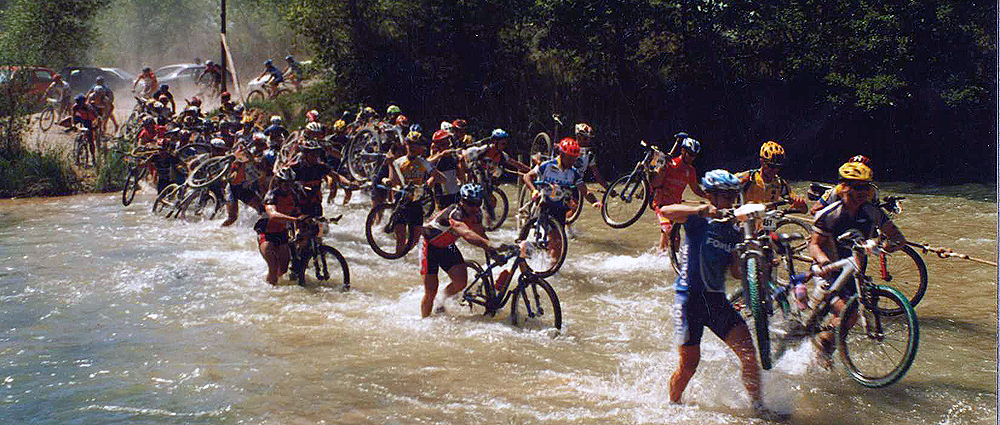 |
With such a large increase in participants, didn't you run the risk of losing control over the quality of the marathon?
From the beginning, the premise was quality, not quantity. We didn't want to be the biggest race in Europe, rather to do it well. We held steady at 4,000 participants for a couple of years, until we saw we were doing it well. Then we jumped up to 6,000 and then in 2015 to 8,000. And as you can see, just like in 2016, the 8,000 entries ran out in 8 short hours. This leads us to believe that we've remained faithful to this initial premise. Orbea itself is not dedicated to events, and we want to introduce ourselves to cyclists in a powerful way.
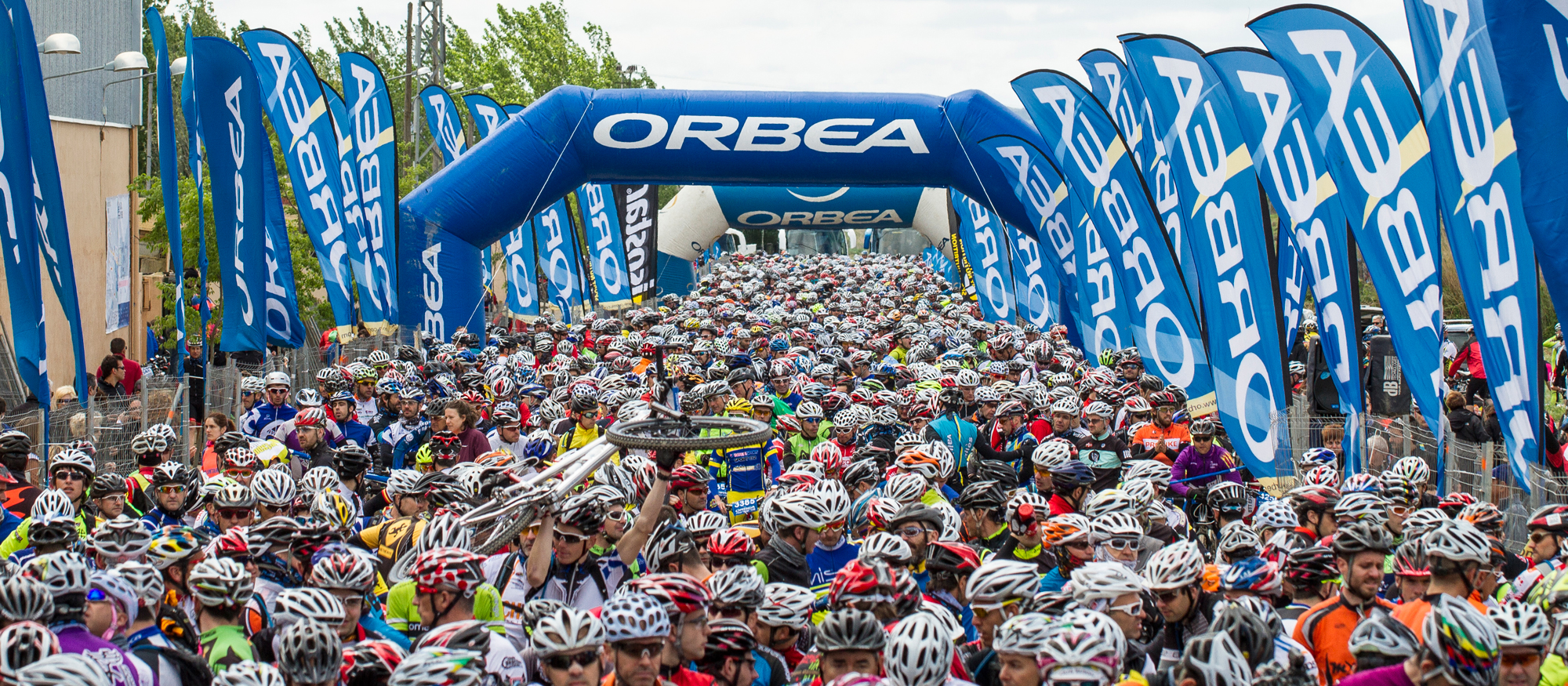
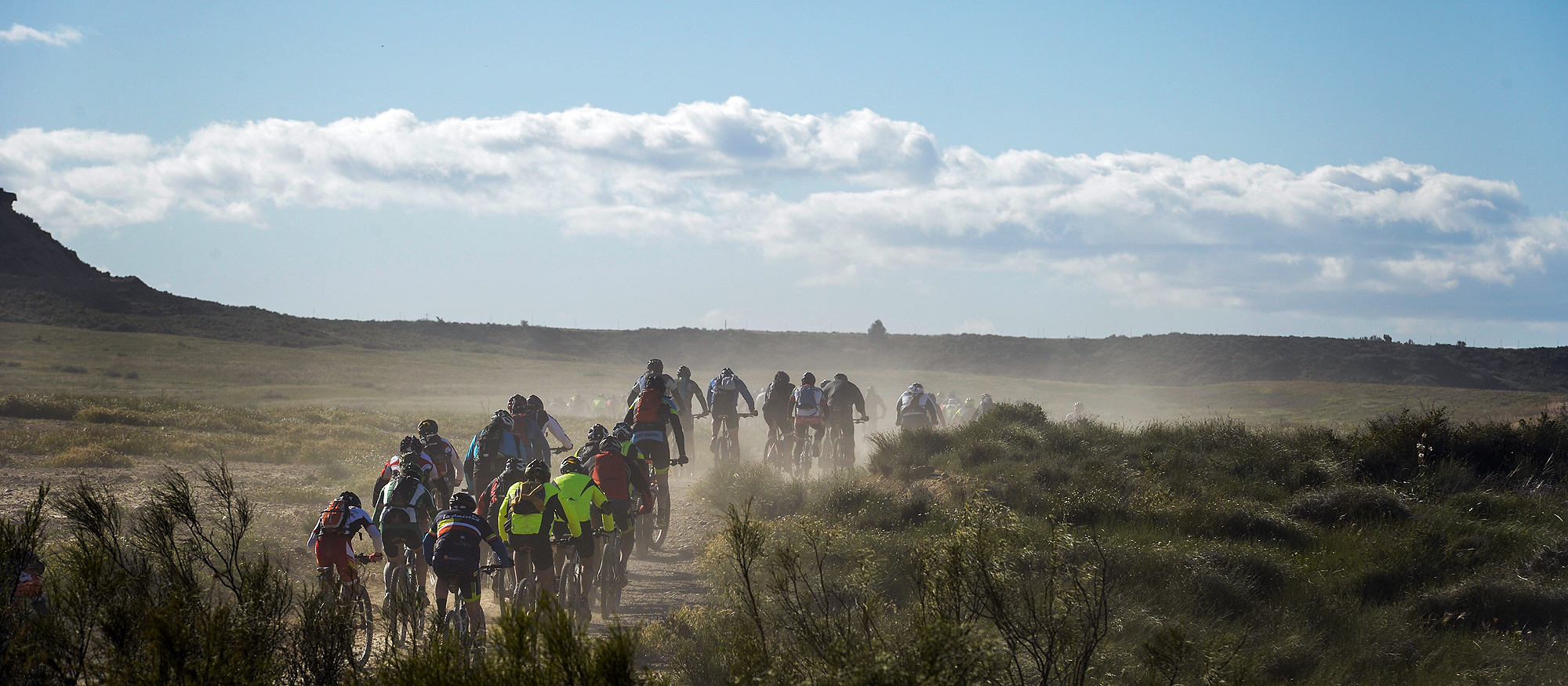
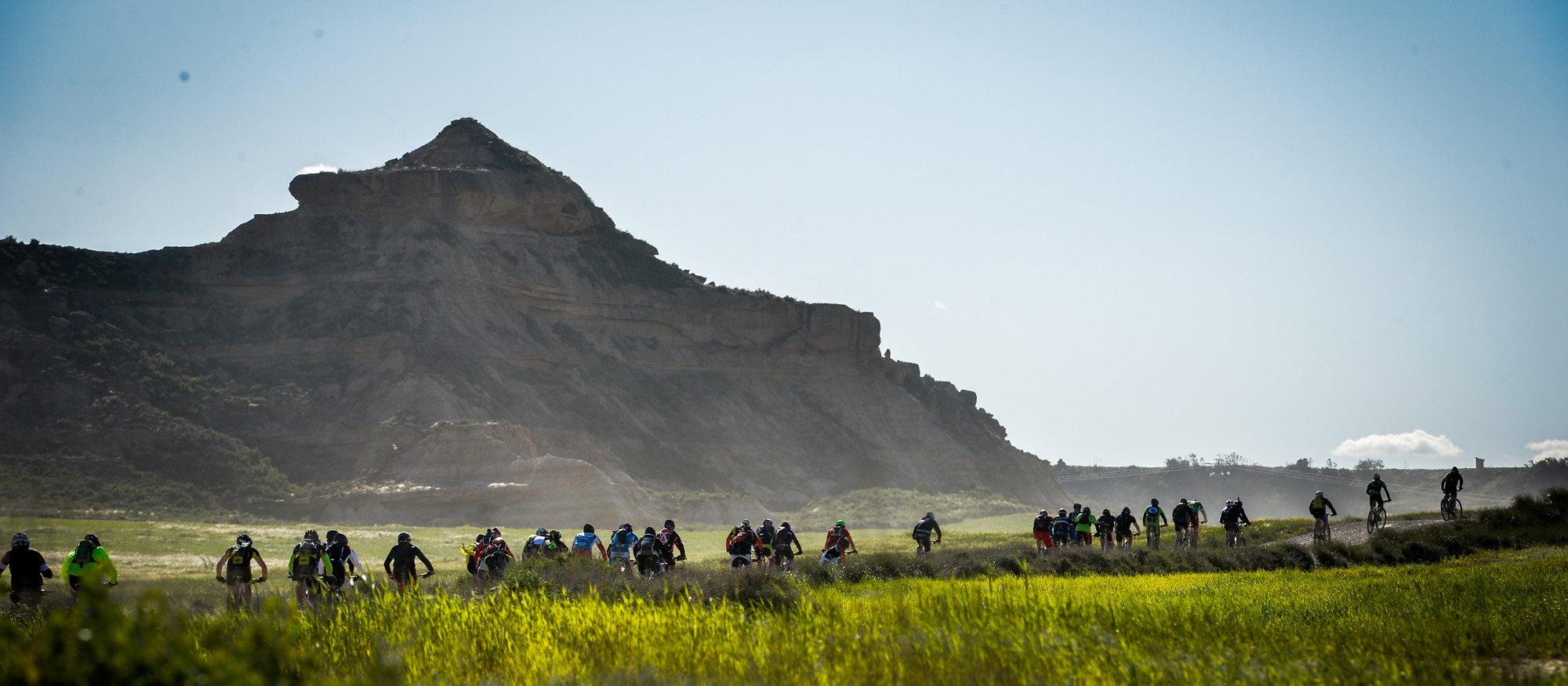
What are the premises of the organization in Monegros?
Painstaking design and quality in execution, with the aim of offering participants a good experience. We try to keep the riders happy, we listen to them when they fill out the quality surveys and we try to solve any problems that arise.
In 2015, the Pax Avant ride could not be held, but we asked Juan Carlos about its story and its unique name…
We like every event to have a little story behind it. Pax Avant is the oldest peace festival in Europe, held between the Baretous Valley in France and the Roncal Valley in Navarre.
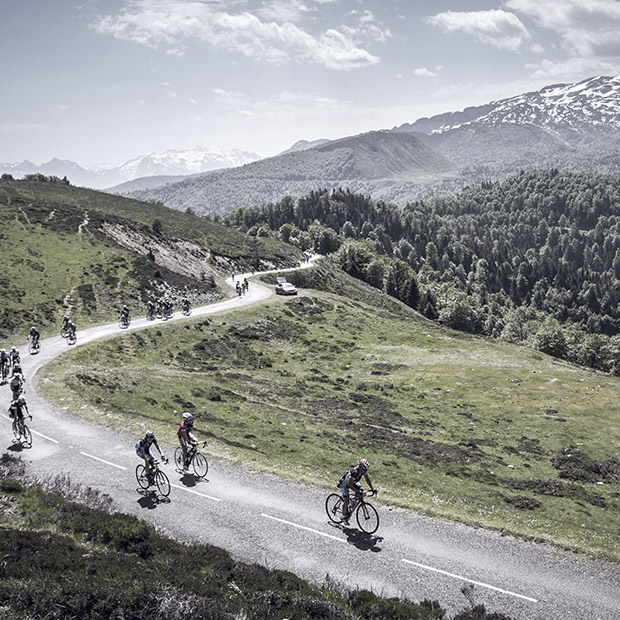
Why did you create your road event?
For many years, we were at the Quebrantahuesos with a very important entourage of staff members and vehicles providing mechanical assistance; we always try to be close to the riders. We left the Quebrantahuesos and Jon suggested creating a cycling tourism experience that is 100% ORBEA, based on our know-how. Orbea always had a special connection to the Pyrenees. And in 2013 we began in Isaba, thanks to the good relationship we have with its mayor. This is a non-competitive ride where the mere act of finishing is a victory. It covers between 195 and 213 kilometers, with an elevation gain of 5,000 meters. It is therefore intended for high-level cycling tourists, and its slogans such as “Form part of the legend” ring true. We'd like to reach 5,000 riders over the medium-term.
And what does the future have in store?
The future, among other things, will continue to be linked to cyclists, with Orbea offering them new experiences and emotions. At these events, participants not only get to know the brand up close, they also meet those of us who form part of it. There are a large number of Orbea employees who attend these events as volunteers. This, without a doubt, is something unusual that sets us apart from the rest.
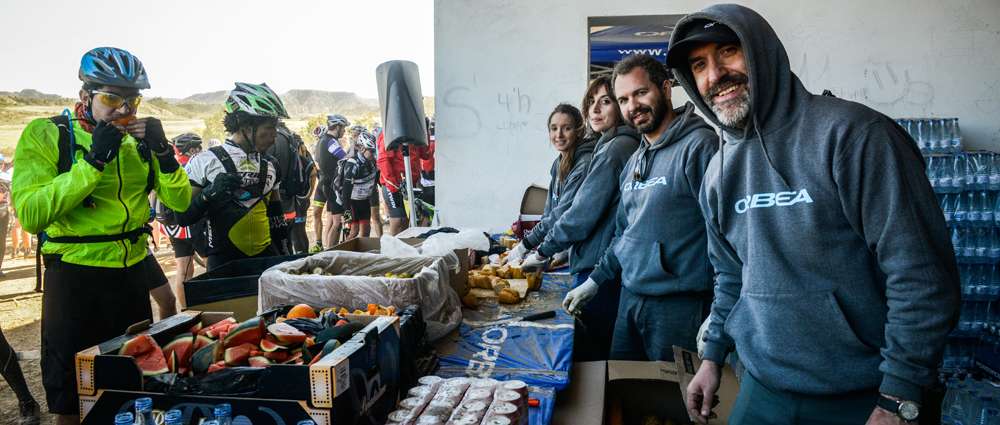 |
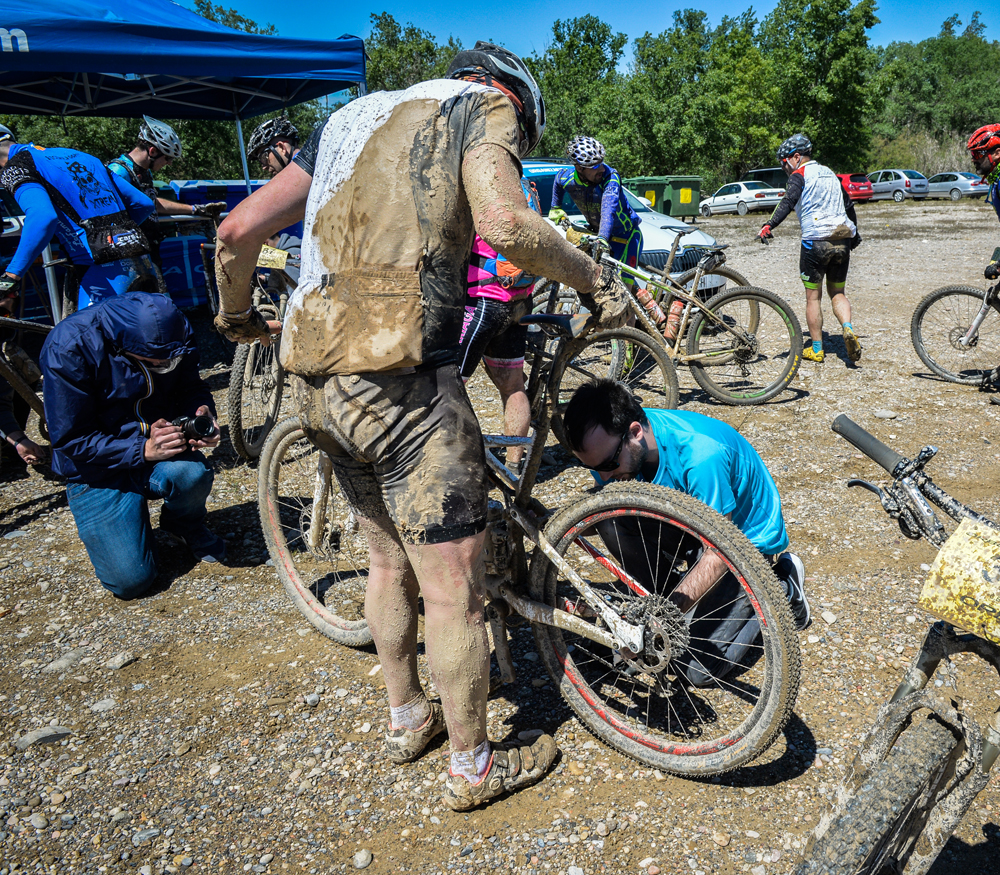 |
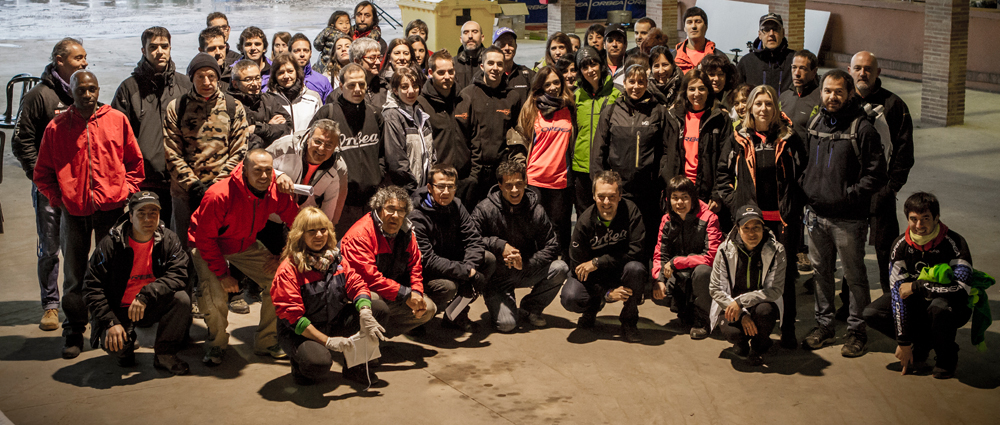 |